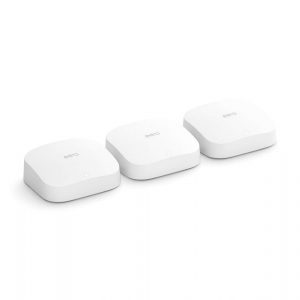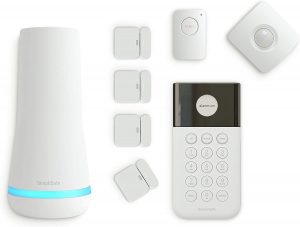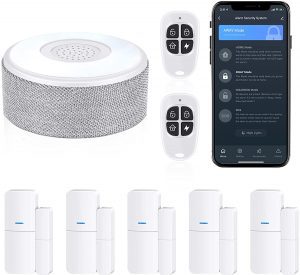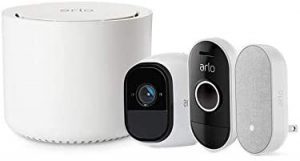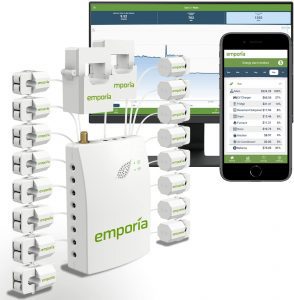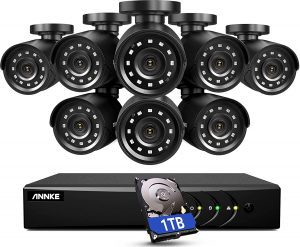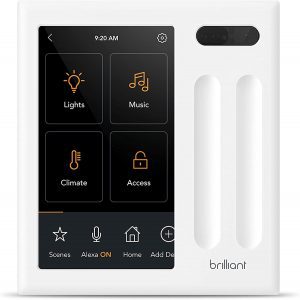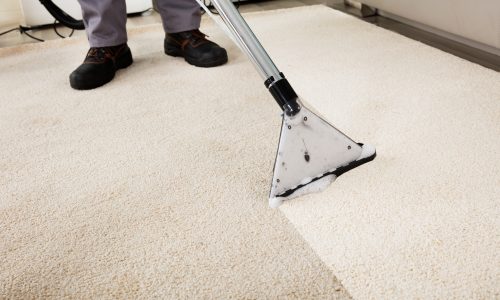The Best Smart Home System
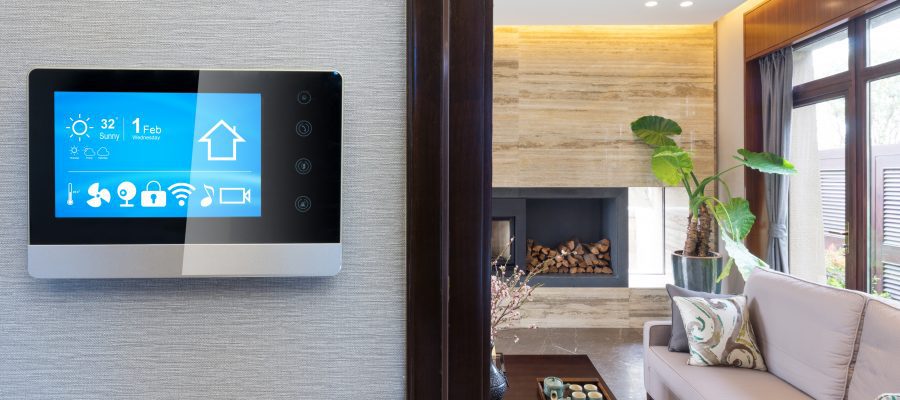
Our Review Process
Don't Waste Your Money is focused on helping you make the best purchasing decision. Our team of experts spends hundreds of hours analyzing, testing, and researching products so you don't have to. Learn more.
Our Picks For The Top Smart Home Systems
- 1. Amazon eero Pro 6 Mesh Tri-Band Smart Home System, 3-Piece
- 2. SimpliSafe Wireless Smart Home System, 8-Piece
- 3. Tolviviov Wireless DIY Smart Home System, 8-Piece
- 4. Arlo Wireless Pro HD Camera & Doorbell Smart Home System
- 5. Emporia 16-50A Circuit Level Sensors Smart Home Energy System
- 6. ANNKE 5MP Lite 8-Camera Smart Home Security Camera System
- 7. Brilliant 2-Switch Panel Smart Home System
Featuring three mesh routers, this system can provide broad coverage in your home along with high connection speeds. In addition, the system works as a smart hub that uses the Zigbee protocol and supports Amazon Alexa.
Versatile OptionSince it doubles both as a smart hub and router system, this option offers plenty of flexibility.
Supporting 24/7 monitoring, this system comes with a base station and various accessories with alarms that notify you of potential intruders. You get the assurance that comes with battery backup and cellular internet options.
For Peace of MindIf you're concern is protecting your house, this system has enough components to get you started.
Rather than offering a professional monitoring service, this system uses your Wi-Fi and features an app to keep an eye on your home when you're away. It focuses on sensors and alarms and is Google and Amazon Alexa compatible.
Convenient for Monitoring If you'd like a basic smart security system with mobile alerts and virtual assistant compatibility, consider this option.
This system includes an outdoor camera, chime and doorbell so that you can handle visitors when you're away. These devices connect to the manufacturer's base station and work with a supported app.
For Handling VisitorsYou might choose this small system if you just want to keep an eye on who comes up to your door while you're not home.
Buying Guide
Whether you want to make your life more convenient or take advantage of devices that let you protect or monitor your home, a smart home system can be a great addition. Depending on the type of system, you might be able to automate turning on lights and appliances, use voice control to perform common tasks or even track your energy usage to save money.
To get started the easiest way, you can buy a smart home system that includes the smart hub and several accessories that work with it. If necessary, you can always get more components when you get set up. This all-inclusive option is especially popular for systems focusing on home security and energy monitoring.
As an alternative to an all-in-one system, you might start simpler with a smart hub device. In some cases, the smart hub doubles as a router system that provides home-wide internet access. At the same time, you can find smart hubs made to work with thermostats, light bulbs and other manufacturer-compatible devices. This can give you more freedom to build your own system according to your budget and needs.
Whether you buy a ready-to-use smart home system or build your own, you’ll need to think about the types of functionalities you want and what the main purpose of the system will be. This will guide you on the type of system and any extra devices you might need.
For example, you might want a system that works with lights, speakers and a thermostat via voice control. In that case, you might buy a smart hub that works with your existing speakers and buy a smart thermostat and light bulbs compatible with the hub. To control such a system by voice, you can find an option compatible with an assistant such as Amazon Alexa or Siri. You might be able to speak to the hub itself, or you might use your phone for this.
On the other hand, you might want a system focusing on security that has a professional monitoring service for peace of mind. You might choose an all-in-one system with door and window sensors, security cameras, smart locks, leak detectors and smart smoke detectors for this purpose. The professional monitoring service in this case could alert you of possible intruders or dangers in the home.
If you do go with a specialized system, keep in mind there’s less flexibility for the future. This means you might end up needing to use multiple smart home systems – such as a general smart hub in addition to your smart home security system – to get all the features you want.
With any smart home hub or system, you’ll want to check how the connectivity works. Bluetooth, Zigbee and Wi-Fi are popular communications methods to look out for. Some systems may also work with cellular internet as a backup.
What to Look For
- While some smart home systems have their own network that can function without needing to rely on the internet, you’ll want to otherwise make sure your home internet setup can support your planned system. This could mean calling your internet provider to upgrade your connection speed or purchasing a better router that supports more devices at a good speed.
- If you’re buying a system that has a subscription, check the plans available to make sure you can afford the features that fit your needs. For example, some systems might have a free or cheap subscription for basic access and charge much more to have 24/7 professional monitoring.
- Some smart hubs allow you to connect devices via USB or other methods, so you might shop around for the option that provides the most flexibility.
- Before you buy any smart devices to use with your system, always check for compatibility. The manufacturer should have a website with a list of compatible products. You might be able to use devices from other manufacturers, or the system’s maker might limit you to just its products. Also, know that some devices like smart locks might require switching your current hardware out.
- When using an internet-enabled smart home system, keep in mind the risk that an internet outage could cause a loss of functionality. This means it’s a good idea to know how to manually control the devices that can work without the internet. Also, check whether smart devices like cameras can continue recording to memory for access once the connection comes back online.
- If your smart devices use batteries and don’t plug in, keep an eye on the battery level to avoid issues. For example, you can often check a smart doorbell camera’s battery level through the maker’s app and recharge it as needed. Other devices such as sensors might use single-use batteries, so test these periodically.
- To lessen the inconvenience of a power outage, consider smart hubs with backup batteries.
More to Explore
While smart home systems have become very popular and widely available in recent years, smart devices in various forms have existed even before the internet itself. Perhaps the earliest smart device is one you likely have in your living room – the remote control. Nikola Tesla had invented the first one back in 1898, while Robert Adler came up with a wireless version in 1956.
The 1960s would bring the concept of a smart home device called the ECHO IV. It could perform tasks such as controlling appliances, sounding alarms and even making shopping lists. This system required special wiring and was a much larger system than the typical smart hubs you’ll find today. However, this product didn’t reach the market for sale.

